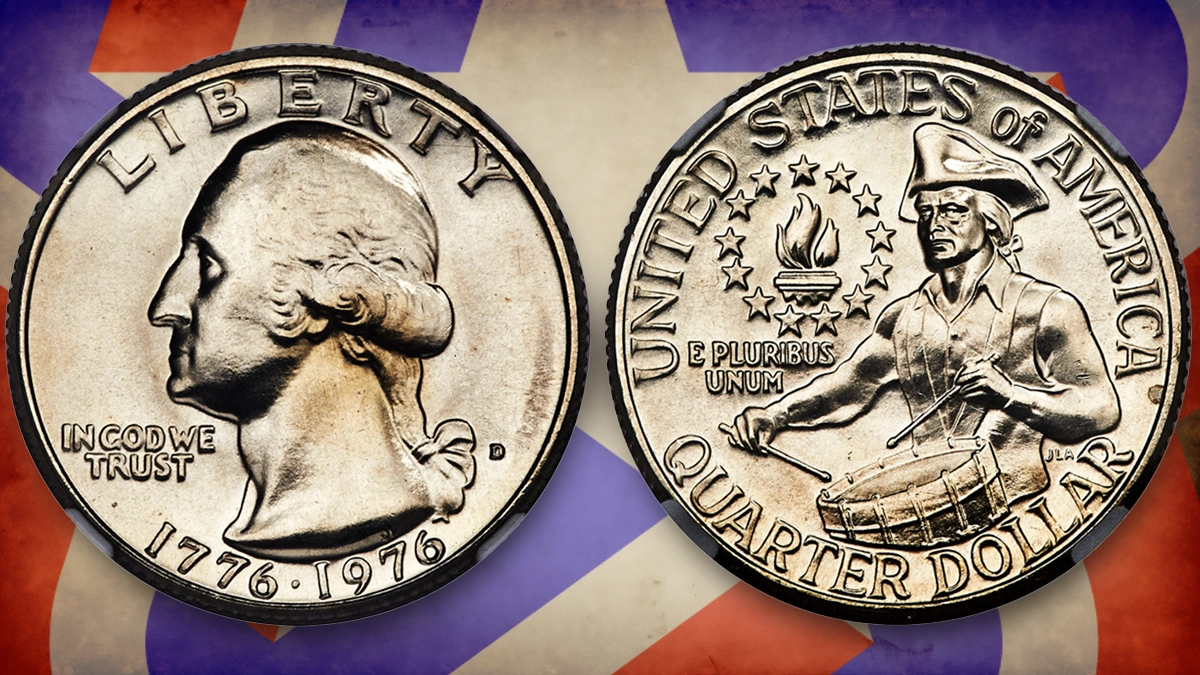
By Charles Morgan and Hubert Walker for CoinWeek Notes …..
The 1976-D Bicentennial Quarter is still doing its job, nearly a half-century after its issue in 1975 and 1976. Introduced alongside redesigned half dollars and dollar coins to mark the 200th anniversary of the signing of the Declaration of Independence, the quarters were struck in the largest quantities of the three. A slightly larger mintage and a couple of notable varieties distinguish the Denver Mint issues from their Philadelphia counterparts. The United States Mint struck both in large enough quantities that consumers still encounter the coins in circulation.
Collectors Lobbied Hard for Bicentennial Coins
In the early 1970s, the nation prepared to mark its bicentennial anniversary. The American Revolution Bicentennial Commission’s Coins and Medals Advisory Panel, formed in 1970, recommended new designs for all denominations and one commemorative coin, an approach opposed by the Treasury Department. Mint Director Mary Brooks articulated the Treasury’s opposition before the Commission.
According to her testimony, commemorative coins:
“[D]o not serve as a medium of exchange, are not readily available and recognizable to the public, invade the production capacities of the Mint and… have been the subject of hoarding and profiteering. In short, commemorative coins tend to defeat the purpose of the coinage system.”
Collectors pushed for not only a full redesign of circulating coinage but also multiple dedicated non-circulating commemorative coins, including a gold issue. In November 1972, Treasury officials agreed to add the date 1776 to 1976’s coinage but would not change the coinage in any way to commemorate the Bicentennial. Congress ultimately took a middle path.
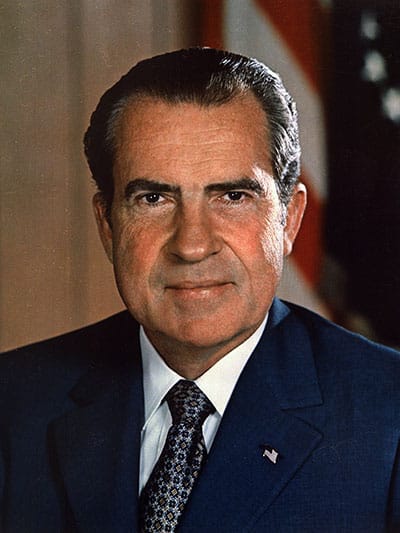 According to a July 8, 1979, New York Times numismatic column by Ed Reiter, “It was only at the prodding of key hobby leaders, and interested members of Congress, that the quarter was also included.”
According to a July 8, 1979, New York Times numismatic column by Ed Reiter, “It was only at the prodding of key hobby leaders, and interested members of Congress, that the quarter was also included.”
On October 18, 1973 – two days before the “Saturday Night Massacre” of the Watergate saga – President Richard M. Nixon signed a bill, S. 1141, that became Public Law 93-127, which authorized changes to the designs and inscriptions of the quarter, the half dollar, and the dollar. New designs “emblematic of the Bicentennial of the American Revolution” would be accompanied by a double date, 1776-1976, on the three largest denominations struck by the Mint in the mid-1970s. The law was amended on December 26, 1974, to allow for the minting of silver-clad Bicentennial coinage.
No 1975-dated quarters would be struck.
The Treasury announced a design competition that began on October 23, 1973. A panel of five judges appointed by the National Sculpture Society judged a nationwide design competition, with winners receiving $5,000. The Treasury announced the new designs on March 7, 1974, with Mint Director Mary Brooks appearing on the Today show to spread the word.
Bicentennial Quarter Released to Great Fanfare
The first trial strikes were struck at the Philadelphia Mint on August 12, 1974, at 11:00 AM Eastern by Mary Brooks and the artists who created the three Bicentennial designs. Jack L. Ahr’s design for the quarter, which features a colonial drummer and what the U.S. Mint’s website describes as a “victory torch” surrounded by 13 five-pointed stars, was selected for the quarter.
Nine hundred and fifty-four million quarters were distributed between August 1975 and June 30, 1976, according to the 1976 Mint Director’s Report – a 140% increase over the same previous period. “Mint officials attribute the demand for the coins to their commemorative value and … relatively limited numbers,” the report stated.
Production continued through the end of 1976.
The dual-dated quarters were released with a public ceremony in Chicago at 12:30 PM on August 18, 1975. Ahr, as well as the designers of the Bicentennial reverses of the dollar and the half dollar, were invited; Ahr lived in Arlington Heights, a Chicago suburb, at the time. Director Brooks shared her feelings about the quarter in the press release announcing the release:
“The quarter, in particular, has a most romantic history. It gets me thinking of swashbuckling pirates, chests full of Spanish ‘pieces of eight’ and the colorful expression ‘two bits.’”
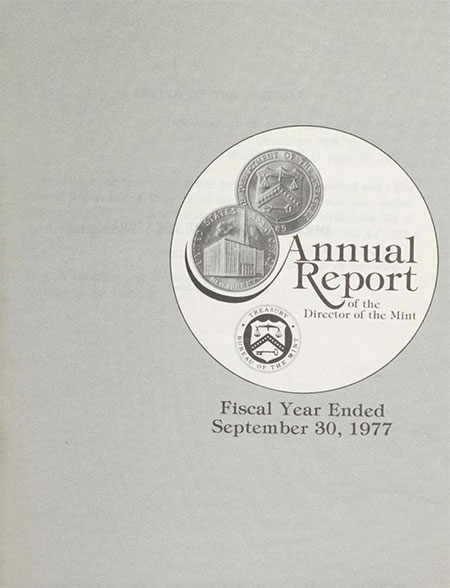
1976’s Bicentennial coinage was successful, at least according to the Mint. A September 11, 1976, Mint press release pointed out that “citizens are acquiring circulating versions of the nation’s new Bicentennial coins at record rates”, citing the high U.S. public demand. The release also quoted Director Brooks; whatever her or the Treasury’s reservations about the commemorative coinage, she said “The popularity of the coins is a tribute to the nation… It confirms that Americans have great pride in their country and its heritage.”
A 1977 Mint press release pointed out that “During the past 3 years, the Mint’s major numismatic programs have almost doubled in number.” Brooks is again quoted, saying that the volume of numismatic products sold “represents numismatic history at the Mint.”
Not all reviews were so glowing.
Ed Reiter’s July 8, 1979, New York Times story, which was titled “Bicentennial Hangover”, summarized the hobby’s reaction to the Bicentennial coin program, calling it “a coinage saga that has gotten, at best, mixed reviews from the nation’s hobbyists.” According to Reiter’s article, the designs “were received with less than universal acclaim” and the Mint was having difficulty selling surplus Uncirculated sets, as well as silver-clad Uncirculated and Proof Sets.
* * *
1976-D Bicentennial Quarter Market Data and Noteworthy Specimens
Outnumbering their Philadelphia siblings by a little more than 50 million, 1976-D Bicentennial Quarters are affordable in almost every grade, though experienced collectors might seek out elusive fully struck examples and pay a little more than usual for such pieces – especially if the desired coin is graded MS68. Variety hunters have a couple of major DDO varieties to consider, and the occasional major error does come up for auction. But while Ahr’s design and the unusual double date are curiosities to many consumers, who sometimes set them aside, the coin is not a priceless rarity despite what sensationalist articles promoted online suggest.
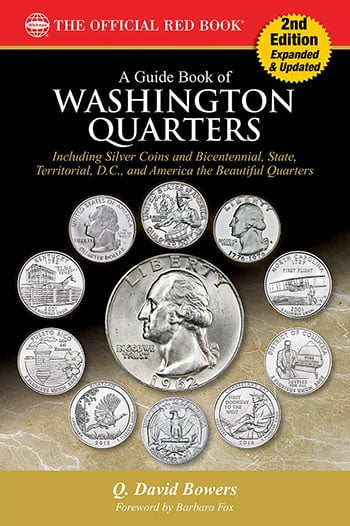 Bicentennial Quarters were struck for circulation at both the Philadelphia and Denver Mint facilities in such quantities that examples of both 1976 (P) and 1976-D can still be found fairly easily in circulation. The Denver Mint struck 860,118,839 dual-date 1776-1976 quarters in 1975 and 1976.
Bicentennial Quarters were struck for circulation at both the Philadelphia and Denver Mint facilities in such quantities that examples of both 1976 (P) and 1976-D can still be found fairly easily in circulation. The Denver Mint struck 860,118,839 dual-date 1776-1976 quarters in 1975 and 1976.
Fully-struck 1976-D Washington Quarters are not common. According to a CoinWeek article by Charles Morgan and Hubert Walker, 1976 and 1976-D quarters are often “not fully struck,” especially on the drum’s top rim and clasp – though most of the Bicentennial Quarters are “attractive and well-made coins.” The article concludes by saying that “finding a blazingly nice coin that’s free of scratches and bag marks PLUS a full drum is a special coin, indeed.”
Q. David Bowers’ Guide Book of Washington Quarters (2nd Ed., 2017) does not have much to say about the 1976-D issue, though it notes that the issue is “Common in Mint State, although gems are in the minority.”
At the time of writing (September 2024), PCGS records 3,038 grading events for 1976-D quarters. PCGS reports 59 FS-101 and 97 FS-102 varieties. NGC reports 1,491 grading events, 23 of which are FS-101 varieties and three of which are FS-102s. Hundreds of examples are reported by both services graded MS65, 66, and 67. PCGS reports 13 examples graded MS68, and NGC reports 15 – both up one from six months ago at the time of this writing in September 2024. In January 2017, NGC had certified only a single example in that top grade.
PCGS had four examples certified MS68 from late 2011 to early 2012, according to a January 2012 Heritage listing. The NGC population has increased slowly, progressing from five to 15 since 2017.
Examples demonstrating light to heavy circulation can still be found with some searching, so there is no real premium for such coins. Certified examples in higher uncirculated grades command some premium, depending on the numerical grade. Auction results from the last decade suggest that MS66 examples generally sell for between $10 and $40, and MS67 examples sell for between $30 and $100. The handful of quarters that earn an MS68 grade sell for thousands; an example graded by PCGS sold in a Legend auction for $5,170 in January 2018. An NGC MS68 example sold in May 2022 for $1,740. The most recent PCGS coin that sold, brought $2,600.
Major Bicentennial error coins are sought after by collectors. A 1976-D quarter obverse die cap error sold in an August 19 Stack’s Bowers sale for $2,880.
Top Population: PCGS MS68 (14, 9/2025), NGC MS68 (15, 9/2025), and CAC MS66 (0:2 stickered:graded, 9/2025).
- PCGS MS68 QA #50939892: “The Neon Lights Collection,” GreatCollections, January 5, 2025, Lot 1720656 – View.
- PCGS MS68 #49686355: GreatCollections, September 22, 2024, Lot 1312068 – View.
- NGC MS68 #6835342-006: Heritage, May 12, 2024, Lot 7249 – $990.
- NGC MS68 #6060937-003: Heritage, May 4, 2022, Lot 3489 – $1,740.
- PCGS MS68 #34207495: Legend Rare Coin Auctions, January 25, 2018, Lot 174 – $5,170.
- NGC MS68 #1876962-025: Heritage, January 8, 2012, Lot 11052 – $3,220; “The Mile High Collection,” Heritage, January 5, 2017, Lot 4804 – $6,462.50.
- PCGS MS68 Teletrade, May 29, 2000, Lot 1434 – $261.60.
- PCGS MS68 Teletrade, March 3, 1997, Lot 1362 – $141.70.
* * *
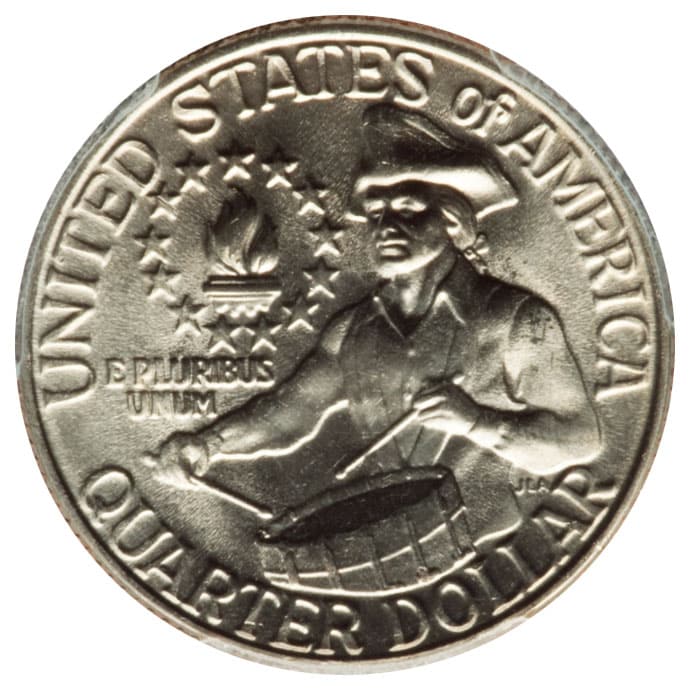
Design
Obverse:
John Flanagan’s obverse design features a left-facing portrait of George Washington based on the Jean-Antoine Houdon bust of 1786. LIBERTY wraps around the top of the coin, above Washington’s hair. The dual date “1976-1976” wraps around the bottom, below Washington’s bust truncation. To the left of Washington is the national motto IN GOD WE TRUST; to the right is the D mintmark for Denver.
Reverse:
Jack Ahr’s colonial drummer occupies most of the reverse, with a small “victory torch” surrounded by 13 five-pointed stars on the left. The legend UNITED STATES OF AMERICA wraps clockwise around the top half of the quarter, while cradled counterclockwise at the bottom is the denomination QUARTER DOLLAR. The motto E PLURIBUS UNUM is crammed between the torch and the drummer’s right arm.
Edge:
The edge of the 1976-D Bicentennial Washington Quarter, like all Washington Quarters, is reeded.
1976-D Bicentennial Quarter Varieties
Varieties of 1976-D Washington Quarters were reported around the time of the coins’ release. A September 26, 1976, Chicago Tribune column reported on a variety with significant doubling visible on “LIBERTY”.
The Cherrypickers’ Guide to Rare Die Varieties of United States Coins (“Cherrypickers’ Guide”) lists two major doubled die obverse (DDO) varieties of the 1976-D Bicentennial Quarter: FS-25-1976D-101 (FS-101) and FS-25-1976D-102 (FS-102). Both Cherrypickers’ Guide varieties are attributed by PCGS and NGC. FS-101 varieties have doubling on LIBERTY, the motto, and the date, though the authors note that “[g]enerally, only early die state specimens will show doubling on the motto.” FS-102 varieties have “moderate doubling” only on “LIBERTY” and the authors think that “this variety may prove very rare.”
A 2019 Heritage Auctions listing described the FS-101 as “easily the most significant die variety of the Bicentennial type.”
Variety Vista also lists two DDO varieties (also with doubling on LIBERTY), as well as one repunched mintmark variety.
Coin Specifications
| Country: | United States of America |
| Year of Issue: | 1976 |
| Denomination: | Quarter Dollar (25 Cents USD) |
| Mintmark: | D (Denver) |
| Mintage: | 860,118,839 |
| Alloy: | Outer layers of .750 copper and .250 nickel; inner core of pure copper |
| Weight: | 5.67 g |
| Diameter: | 24.30 mm |
| Edge: | Reeded |
| OBV Designer: | John Flanagan |
| REV Designer: | Jack L. Ahr |
| Quality: | Business Strike |
* * *
The post 1976-D Bicentennial Quarter Clad : A Collector’s Guide appeared first on CoinWeek: Rare Coin, Currency, and Bullion News for Collectors.
VarietyErrors
Sign up for FREE News, Videos and Articles!

